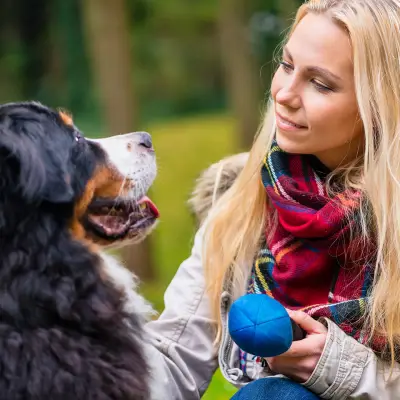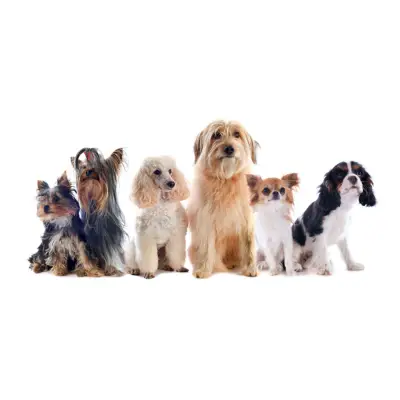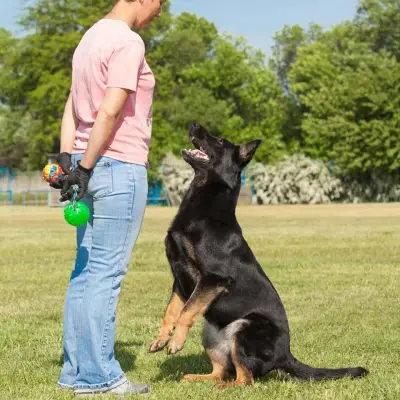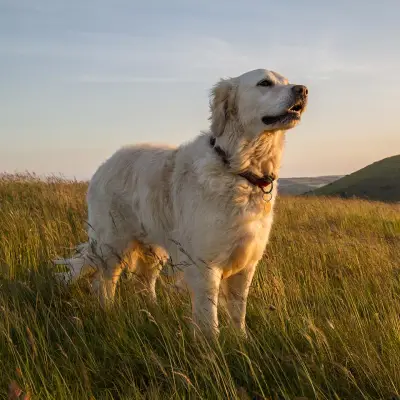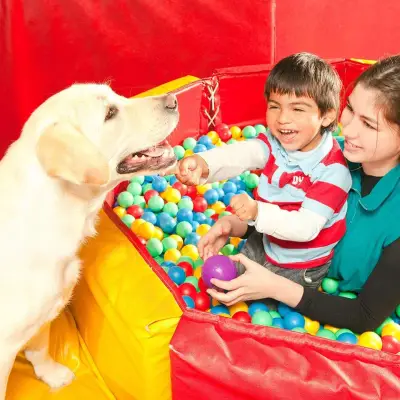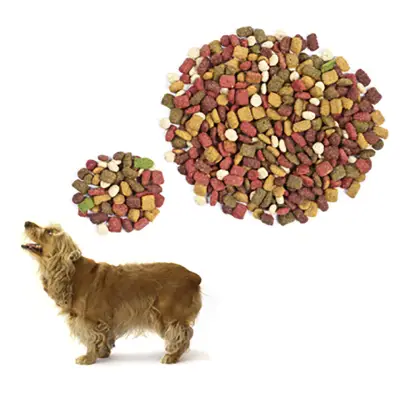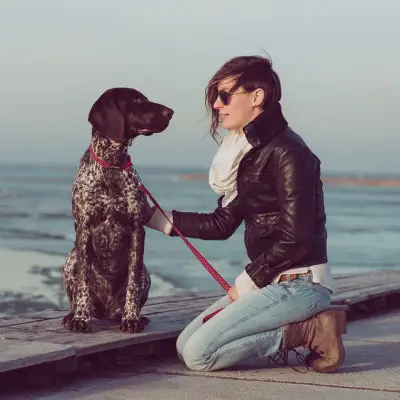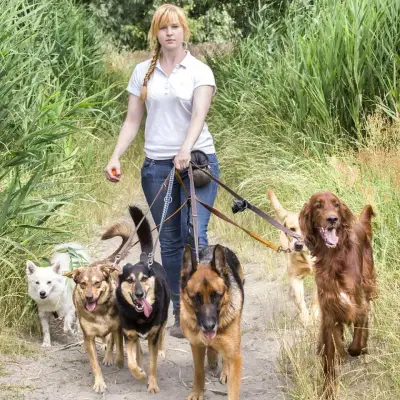If you’ve ever found yourself calling your dog over and over again while they blissfully ignore you, you’re not alone. Whether you’re training a puppy, working with a stubborn dog, or just trying to refine your dog’s behaviour, recall training is one of the most important skills to develop. A reliable recall not only builds trust between you and your dog, but it also gives your pet the freedom to explore safely and confidently.
Many dog owners search for ways to improve their dog's recall because they’ve had moments where their dog ran off, didn’t respond when called, or simply became too distracted by something more exciting. If this sounds familiar, this guide is here to help you understand how to train recall in dogs.
Jump to:
- Why Recall Is So Important
- What Is Recall Training in Dogs?
- How to Train a Dog Recall: Step-by-Step
- Is It Too Late to Teach My Dog Recall?
- How to Teach A Stubborn Dog Recall
- Teaching Your Puppy Recall
- How to Fix a Bad Recall
- What Are the Best Treats for Recall Training?
- Study Our Dog Training Diploma for £29
Recommended for you!
Best SellersWhy Recall Is So Important
Teaching your dog to come back when called—also known as recall—is about more than convenience. It’s essential for your dog’s safety and gives you the confidence to let them off the lead in appropriate areas. A strong recall also helps prevent your dog from running into dangerous situations, such as traffic or unfriendly dogs.
Good recall training for dogs focuses on building a strong, positive association between the command and your dog’s decision to return. You want your dog to think, “Coming back is worth it!” every single time.
What Is Recall Training in Dogs?
Recall training is the process of teaching your dog to return to you when called. The definition of recall is simple, but mastering it takes time, patience, and consistency. The goal is for your dog to respond promptly and happily, whether you’re at home, in the park, or surrounded by distractions.
How to Train a Dog Recall: Step-by-Step
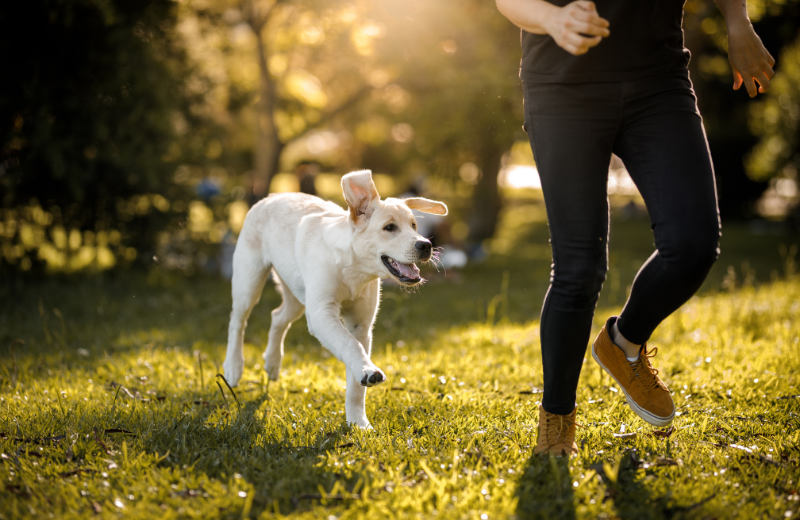
If you’re wondering how to teach a dog recall, start with the basics and build up slowly. Here’s how to set your dog up for success.
1. Start Somewhere Quiet
Begin in a low-distraction environment, such as your home or garden. Say your recall word—this could be “come”, “here”, or a word of your choice—and immediately reward your dog when they approach. Use treats, affection, or a toy they love. Keep your tone light and inviting.
2. Practice Recall Training with a Long Lead
When you start taking recall practice outdoors, use a long lead. This allows your dog to wander a little while still giving you control. Training recall with long lead tools is a great way to provide freedom while reducing the risk of your dog running off.
3. Gradually Add Distractions
The real test of recall comes when distractions are present, like other dogs, people, wildlife, or interesting smells. Work your way up by slowly adding distractions. Start in your garden, then a quiet park, and then move on to busier locations as your dog improves.
4. Reward Generously
Always reward your dog when they return, even if it takes longer than you’d like. You’re teaching them that coming back is always worthwhile. Use treats your dog doesn’t get at any other time to keep things exciting.
5. Avoid Repeating the Command
Repeating your recall cue over and over teaches your dog to ignore it. Say it once, then do something to grab their attention: clap, crouch down, or run in the opposite direction. If they still don’t come, gently guide them back using the long lead.
6. Choose Good Recall Words for Dogs
The best recall commands for dogs depend on what works for you and your dog. The most important thing is that it’s short, distinct, and used consistently. Avoid using their name alone. Try something unique like “Here”, “Quick!”, or even “Cookies!” as long as you’re consistent and it has a positive meaning for your dog.
7. Add Hand Signals for Better Recall
Dogs are excellent visual learners, so hand signals can be helpful, particularly if they’re struggling with verbal recall. Use these either at the same time as a verbal recall or as a replacement.
A common hand signal for recall is raising your arm straight out and then bringing it towards your chest. Pair it with your verbal command until your dog understands both. This is especially helpful if your dog can’t hear well or is far away.
8. Use Equipment if Needed
Some owners find success using equipment like a dog recall whistle. The whistle provides a consistent sound that cuts through noise and doesn’t change based on your emotions. If you’re feeling frustrated, your voice might reveal it, but a whistle won’t.
To train it, simply blow the whistle and reward your dog when they come. Repeat regularly until they associate the sound with coming back and getting a treat.
9. Don't Connect Recalling with the Fun Ending
One common mistake in recall training is accidentally teaching your dog that coming back to you means playtime is finished. If every time you call your dog, you clip the lead on and head straight home, they’ll start associating recall with the end of fun, and may become reluctant to return.
Instead, when your dog comes back to you, give them praise and maybe a treat, but don’t immediately leave the park or stop the walk. Instead, put them on the lead and walk with them for a short while, then let them off again. Do this a few times during the outing before you eventually head home.
This teaches your dog that returning to you doesn’t always mean the fun is over, which helps keep their recall enthusiastic and reliable.
Is It Too Late to Teach My Dog Recall?
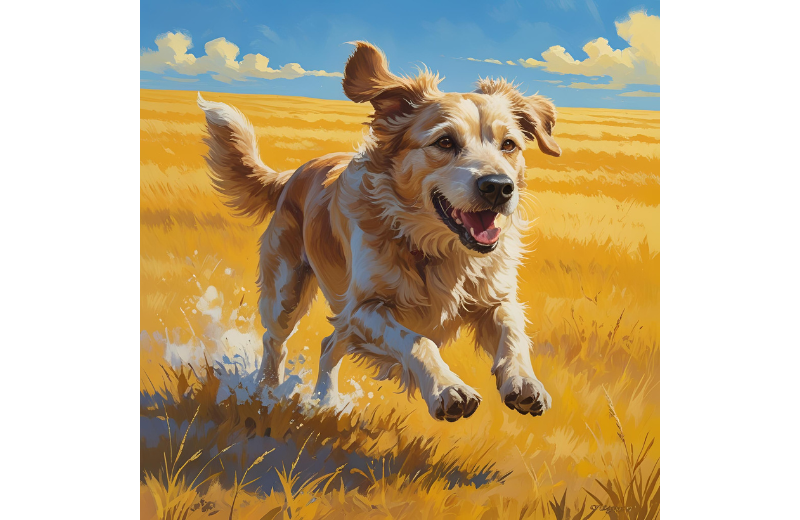
It’s never too late to teach your dog recall. You might need to work through some old habits, but with patience and positive reinforcement, you can teach recall to any age.
If you’re wondering what age a dog should have a good recall, it varies. Some dogs have excellent recall by six months, others much later. Focus on progress rather than perfection.
How to Teach A Stubborn Dog Recall
Teaching recall to a stubborn dog requires a little more patience and creativity. Some dogs are easily distracted or naturally more independent. It may be that the reward isn’t enticing enough or that the environment is too stimulating.
To train a stubborn dog recall, you need to become the most exciting thing around. Use high-value treats, exciting toys, and plenty of praise. Keep sessions short and always end on a positive note. Never punish your dog for coming back late; that only teaches them that coming to you might be unpleasant.
Teaching Your Puppy Recall
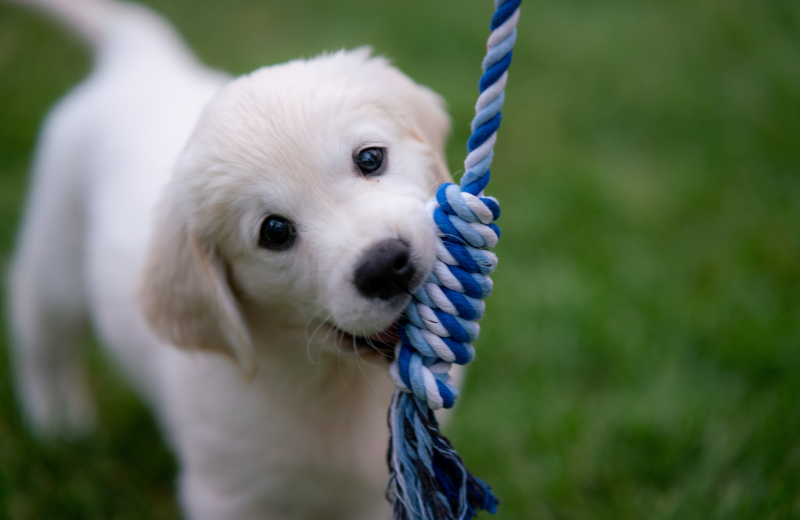
Training a puppy recall is a great way to build lifelong habits. Puppies are naturally curious and keen to engage with you, so use that to your advantage. Keep training sessions fun and frequent, and always reward with enthusiasm.
To teach a puppy recall, start indoors with simple call-and-reward games. You might toss a toy, let them chase it, and then call them back with excitement. The key is to associate coming back with fun and rewards.
There’s no set timeframe. Some dogs pick up recall in a matter of weeks, while others take months to respond reliably. Breed, personality, previous training, and consistency all play a role.
Recommended for you!
Best SellersHow to Fix a Bad Recall
If your dog has started ignoring your recall, it’s time for a reset. Choose a new recall word to start fresh. Practice in low-distraction areas and use the best rewards you can offer.
Rebuild the habit step by step, and don’t use the recall word unless you’re in a position to reward it. If you’re at the park and think they won’t come, don’t call; go to them instead.
What Are the Best Treats for Recall Training?
The best treats are ones your dog loves and doesn’t get often. Think small pieces of chicken, cheese, sausage, or liver treats. These should be reserved for recall training only to make them extra special.
Study Our Dog Training Diploma for £29
Training a puppy recall or improving recall in an older dog is a continuous process. Even dogs with excellent recall benefit from refresher sessions. Make recall part of your routine and keep rewarding it, especially in challenging environments.
If you're ready to deepen your understanding and become a confident, knowledgeable trainer, consider taking the Dog Training Diploma Course with Centre of Excellence. Whether you're a dog owner, aspiring trainer, or simply passionate about canine behaviour, this course offers comprehensive guidance suitable for all levels. And right now, you can enrol for just £29.

